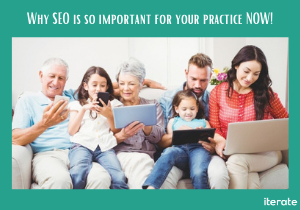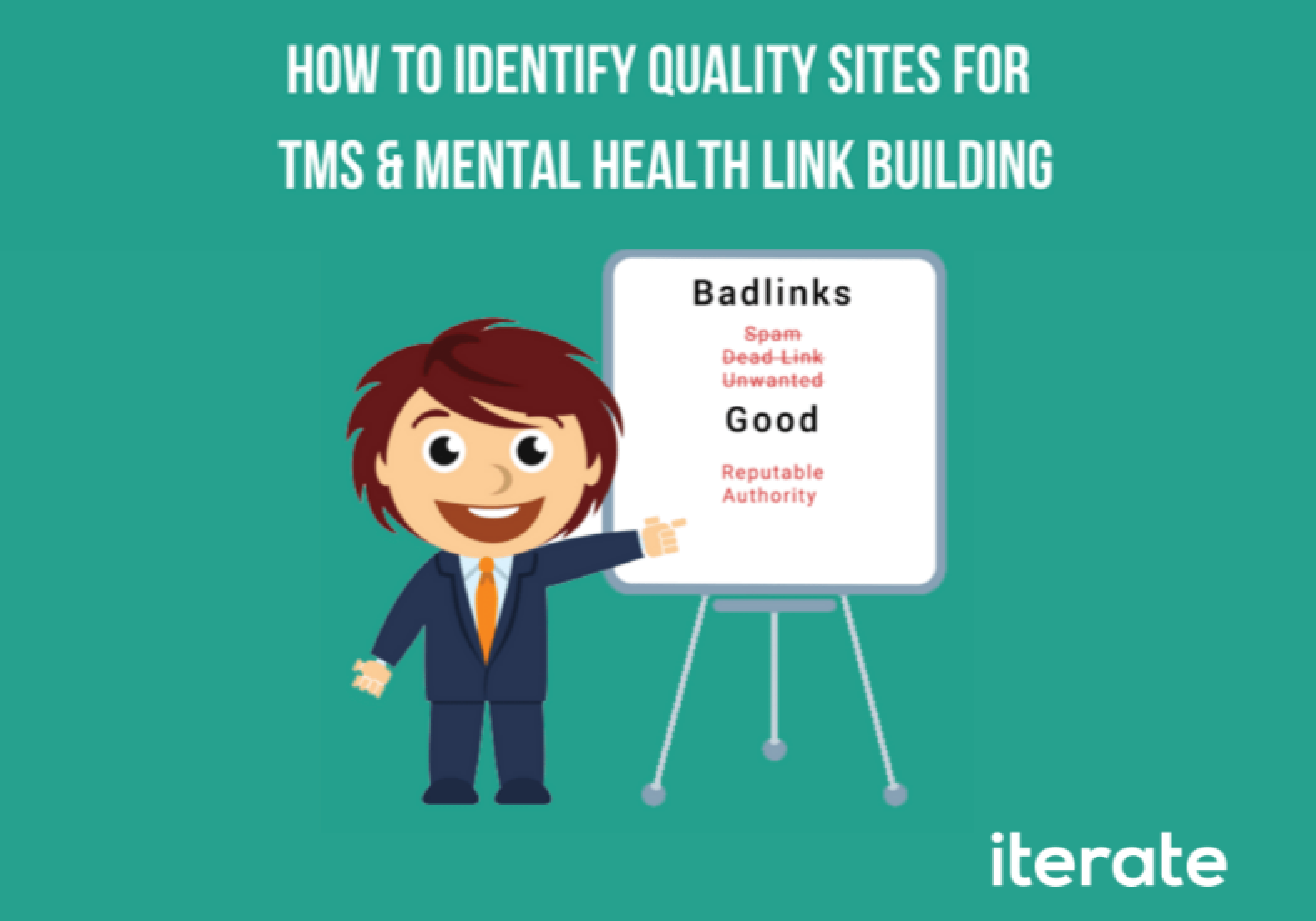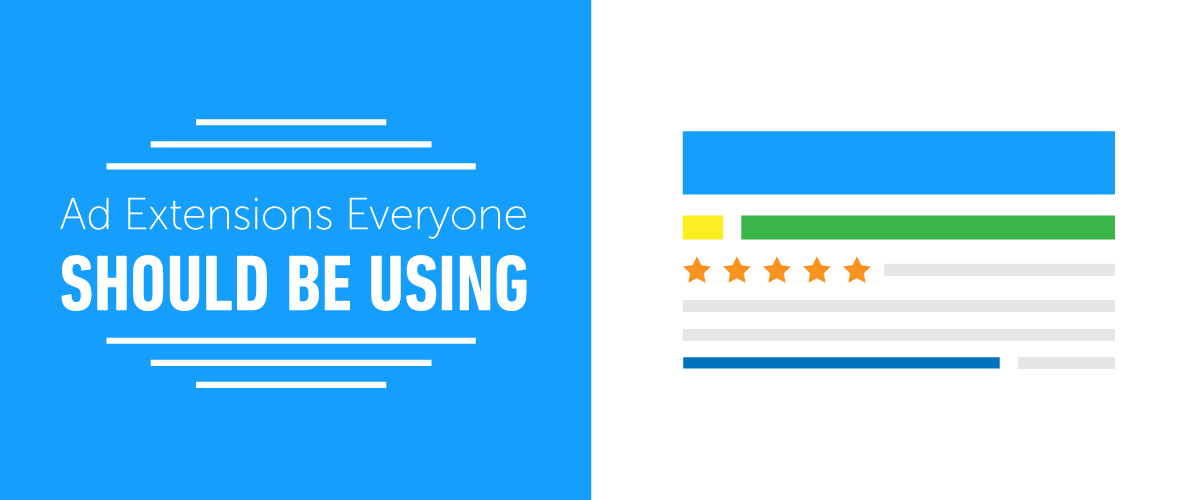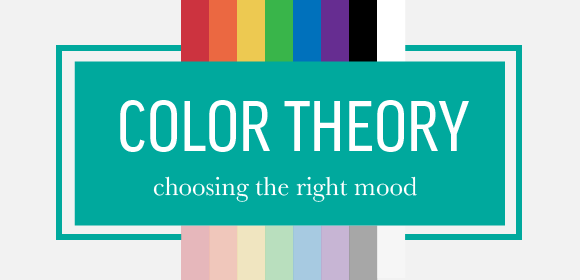As an PPC internet marketer, I know that my accounts perform better than what my monthly reports indicate. The problem is that it’s hard to show this performance when the classic measurement framework only values the final step in the funnel – the conversion.
But what happened before the conversion?
The Old Framework
From my high school years when I first started specializing in marketing, along with the phrase “Location, Location, Location”, I was always taught the marketing acronym AIDA; Attention, Interest, Desire, Action.
The framework made sense, as the buying cycle used to be a lot more linear (before the webz). We simply couldn’t measure how people found out about the product or how people did research. It wasn’t traceable like it is today with analytics. Due to this, this information was not valued and not talked about. But all of that has changed with the internet.
This vintage framework ignores all of the steps before the final conversion. How did the person hear about the company? How were they able to find them? Did they shop around or buy right away? Did they arrive to your website from multiple sources? All of that information is now available to us, but we’ve been very slow to adapt and make it actionable.
Avinash’s framework addresses the problem by driving the entire sales funnel as opposed to only the bottom half. His framework is broken down into three simple steps; See, Think, Do.
Stage 1 | “See”
People who are in the “See” stage are your customers who would be at the top of the traditional funnel, or perhaps not even in the vortex yet. You can’t call them a customer yet because they’re just now learning that your company or product exists. We’ll call them a prospect.
An example of this would be a teenage girl who, upon her first day of school, notices all of the popular girls wearing this year’s latest fashion trend – “Leg Warmers” (I’m dating myself here).
This girl has never seen leg warmers before, but she knows she wants to be popular and so this gets her mind racing, which moves her into the “Think” stage.
How Do We Attack The “See” Stage?
Customers in the “See” stage aren’t going to be actively searching for you, so a paid search campaign isn’t always the best strategy.
Display campaigns and Social PPC are both great ways to get people from the See stage into the “Think” stage. The Google Adwords Display network allows various targeting options (In-Market Segments & Similar Audiences, for example) that allow you to show your ads to a targeted crowd and even segment by purchase intent.
Likewise, Facebook would be a another great example for our situation, as our teenager will surely be on social media throughout the day and because we know leg warmers are a hot item this year, we can keep reminding our teen about the trend, at any rate we feel appropriate.
Native ads are another less intrusive way to find new prospects in the See stage. These are appealing because like television commercials, internet users are beginning to get fed up with internet ads and ignoring them – sometimes even using services like Adblock which removes them entirely.
If you’re not familiar, Native Ads differ from regular advertisements in that they appear within the text of the website, and ideally blend in accordingly. These ads are common on websites like Facebook, The Onion, CNN and Yahoo, but can be found all over the web.
Native advertising has taken off in the past year, and there’s a few companies that have exploited this situation, for example Taboola and Outbrain. Both of these services are great at curating content and getting it in front of the most appropriate eyeballs.
To paint a picture, think about the ads you see on your Facebook feed. If you’re anything like me, you occasionally find yourself clicking on random intriguing ads and becoming a fan of something new. When you decide to follow that Facebook page, you’ve moved into the “Think” stage without even realizing it.
When your prospects are in the “See” stage, you shouldn’t even be thinking of making a sale. Your goal should be to get them engaged in what you have to offer – you want to build a relationship. You should be their go-to for information at this stage.
-General Engagement Numbers
-Social Engagement (Likes, Follows)
-% Brand Lift
-Traffic Increase
Stage 2 | “Think”
Prospects in the “Think” stage would like in the middle of the traditional funnel. In our example, the prospect has the teenage dream of being Prom Queen and decides that those leg warmers could help support her image. After school, our teenager gets on her laptop and searches to see how much they cost. She discovers that they’re affordable but has to hurry to practice, so she abruptly closes her computer off and forgets about the leg warmers for a few hours.
It’s bedtime, and rather than counting sheep, our teen is on her tablet browsing the web. Now that she knows she can afford the product, she’s looking at various styles and the best places to buy them. She finds five different websites that sell the style she likes.
Note: this shopping process did not exist 20 years ago. In our vintage example, the prospect would have likely purchased the warmers at a convenient retail store, likely within a mall, upon first visit. Shopping around simply wouldn’t have been worth it, even for a teenager.
How Do We Attack The “Think” Stage?
Unlike the “See” stage, you now have legitimate prospect that knows about your product or service, and is actively searching for information about it. Notice, I didn’t say they were looking to buy it – there’s a big difference and they aren’t necessarily looking for your product or service, just one that solves their problem, from any supplier.
This is a very important state because it’s now when people are going to be searching the product/service, and forming their impressions based on what they find.
There’s a couple different ways to target those in the “Think” Stage.
The go-to option would be your average Paid Search Campaign – both Adwords and Bing. Search campaigns are great because they’re demand fulfillment which means that somebody is actively looking for something and Search Campaigns give us the opportunity to give it to them.
For our example, we wouldn’t want to target bottom of funnel keywords (ie; “Buy Leg Warmers”), but instead target more informative keywords.
Our teenager doesn’t know exactly what type of leg warmers she wants or even if they’re appropriate for her, so she’ll likely be searching terms like “Leg Warmers Price” or “Leg Warmer Styles”. We also wouldn’t necesarily want to send her to a landing page that is trying to close her, but instead, a landing page that will provide her with the information she’s looking for, and the opportunity to move further into the funnel.
Another great way to attack the “Think” stage is with remarketing campaigns, which allows marketers to show ads to users who’ve visited a their website only. AdWords offers both Display Remarketing and Remarketing Lists For Search Ads, allowing you to target prospects who are familiar with your brand and have already completed actions on your website. Reach out to them, showing them how you can solve their problem.
Depending on the product or service, it may take six months of them following and consuming your content before they trust you enough to give you an email address, credit card information, or anything else. In eCommerce, prospects often bargain shop. Be sure you’re giving them the option to add products to a wish list so they can pick up right where they left off when they come back.
In our Teenage Dream example, both Google Adwords and Facebook Retargeting (try AdRoll) would be effective. Adwords will allow you to remarket on various sites across the web, and we know our teenager will spend a decent amount of time on Facebook, where we can kindly remind her that we stock this year’s most fashionable leg warmers – how could she not click?
-Newsletter Subscription Sign-Up
-Downloads (White Paper, List, Etc)
-Social Engagement (Likes, Follows, Links to Website)
-Brand Searches & CTR
-Engagement Metrics (Bounce Rates, Page Views, Time On Page)
-Returning vs. New Visits
Stage 3 | “Do”
At this point, your prospect is aware of a need or want, has researched the best options and is ready to buy. This is the step where all of your hard work pays off. If you’ve ignored the “See” and “Think” stage, your prospect may have chosen to go with your competitor, the one that they trust or who’s added more value to their life than you have. It’s really that simple.
The “Do” stage is where Leg Warmer Girl is ready to make her online purchase. She’s decided she wants a few pairs, has researched a few brands, and a single company stands out above the rest. Can you guess which one it was? It’s the one that helped her along through the entire process. Remember, when she first saw leg warmers, she knew nothing about them.
Luckily, the first night she found a website that not only stocked leg warmers, but demonstrated the many styles, applications and different lines of leg warmers as a guide on how to wear them fashionably.
Over the next few days, she was reminded of the many styles and how good they look via various websites (Display Remarketing) and her Facebook feed.
After a few more days, one company stands out above the rest. She returns to the website she knows best and completes an order. After the order, she signs up for the newsletter.
How Do We Attack The “Do” Stage?
If you’ve built enough trust, provided the right information at the right time, and your prospect is ready to buy, you may have earned the sale.
In an ideal world, your prospect will be sold on your product or services and will go directly to your website to convert, but usually isn’t the case.
Paid search campaigns are a great way to handle these prospects in the “Do” stage as it’s the classic “Demand Fulfillment” strategy. These prospects are ready to buy and are searching for a way to do so.
Another great way to help people in the “Do” stage are Email blasts. If someone has provided you with their email address and their intent, you’ve got it made. Send a targeted email blast about the specific product or service of interest, linking them to a landing page that allows them to convert without even thinking. After all, they’ve already researched and are ready to buy.
What Metrics Should I Look At?
-Sales/Conversions
-ROI
-Forms
-Phone Calls
-Funnel Analysis
Moving forward
We simply can’t treat all of our customers in the same way, and Avinash’s framework gives us a fresh way to portray this.
Marketers around the globe have been thinking about this for years, and I’m glad Avinash was able to put the pen to the pad and put all of our jumbled thoughts into words.
If you enjoyed this post, be sure to comment and follow us on Facebook.






